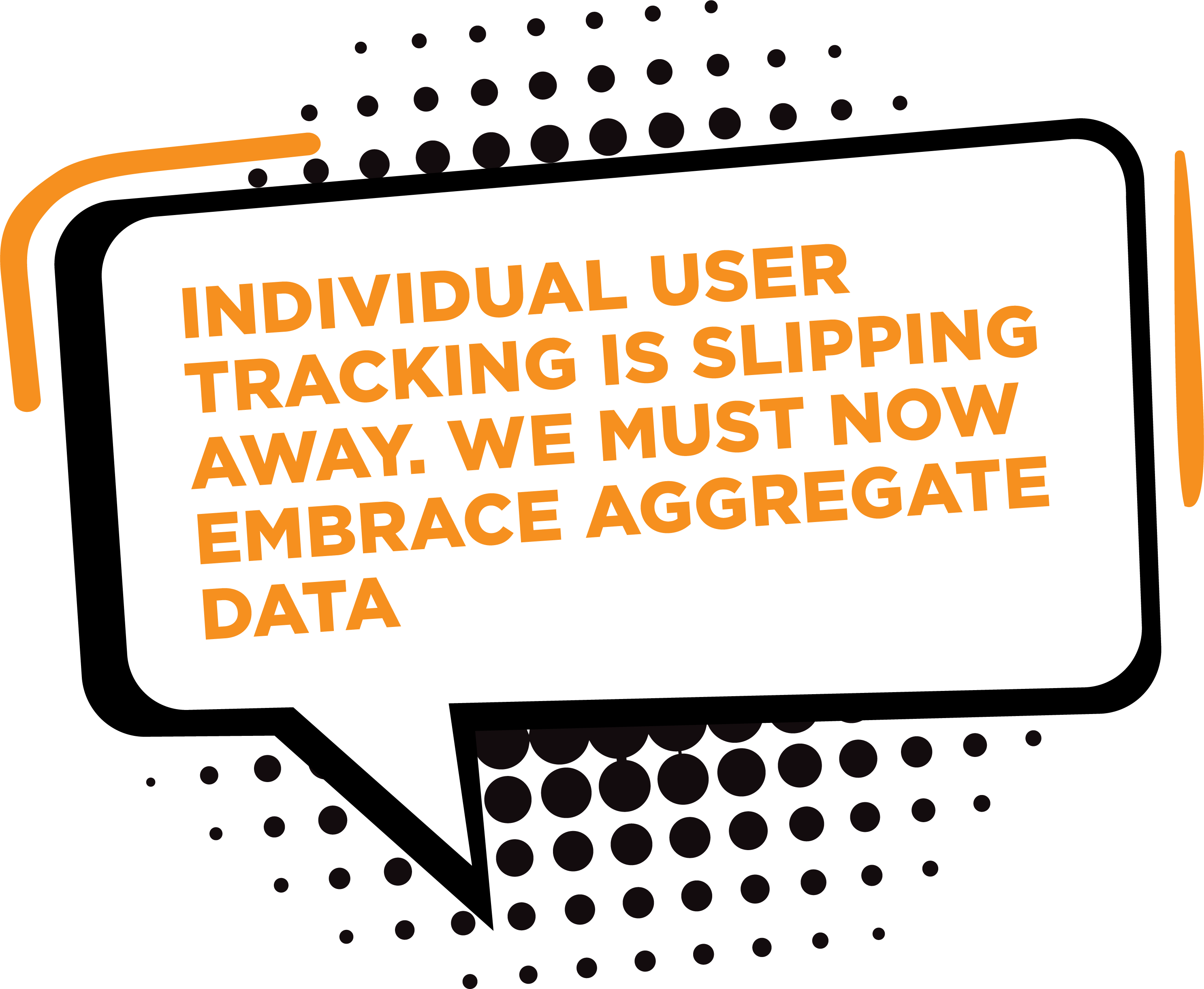Before we begin, it’s important to clarify when we discuss probabilistic marketing measurement, we’re not referring to the dwindling methodology of fingerprint attribution. Instead, the probabilistic approach we advocate in this article leans on the sophisticated capabilities of statistical analysis methods, particularly media mix modeling (MMM). With that in mind, let’s begin.
In the rapidly transforming waters of marketing measurement, our north star has traditionally been deterministic touch attribution. However, as we contend with the inevitable ebb and flow of change, we find ourselves needing to shift our navigational tools from deterministic to probabilistic marketing measurement.
The deterministic model offered an illusion of control. It allowed us to track each user event, laying out a path of customer engagement. However, as we strive for marketing maturity, we find deterministic measurement morphing from an aid to an obstacle.
The onset of more stringent privacy regulations means our guiding star is quickly fading. Our consumer tracking approach is shifting significantly; we’re transitioning from a deterministic microscope lens to the telescope view of probabilistic measurement.

Probabilistic: The art of deduction
Probabilistic measurement, unlike its deterministic cousin, is all about the art of deduction. It trades micro-analysis for pattern and trend evaluation at the macro level. Instead of trying to track individual actions, we use probabilistic methods to analyze larger data sets. This new approach sees us looking at the bigger picture of the media source’s influence on sales rather than obsessing about the individual user journey.
Adopting this new perspective requires us to recalibrate our strategies and operations. We must now consider aggregate data rather than individual events. The focus is no longer on a single user’s journey from ad click to purchase; instead, we gauge the impact of our strategy on a wider audience.
Embracing the probabilistic revolution
Inherent to this shift are several pivotal changes we need to embrace. These changes, while demanding a significant adjustment in our existing marketing strategies, also beckon us toward new opportunities for deeper insight, more robust strategic planning, and an ability to adapt to a marketing landscape that is constantly evolving.
Welcome the Big Picture: Individual user tracking is slipping away. We must now embrace aggregate data, by observing the collective behavior of our customer groups rather than zeroing in on solitary journeys. By tracking group patterns and responses, we can better tailor our marketing strategies and anticipate broad market trends. Marketing strategies need to resonate with the collective, not just the individual.

Patience is Key: The journey from deterministic to probabilistic measurement brings with it a need for patience. The detailed, granular insights of deterministic models had a certain instant gratification element to them – every ad click, every impression was a notch on our marketing belt. However, probabilistic measurement trades these minute details for a broader, more comprehensive view. It means campaign adjustments can’t be knee-jerk reactions to daily changes. Adjustments take time, and their effects unfold gradually. The mantra here is: be patient, let the data do its work, and the insights will come.
Rethink Budget Allocation: Probabilistic measurement necessitates a rethink of how we allocate our budget. Now, our spending needs to be targeted, informed by robust statistical analysis and data science insights. We must trust the power of analytics to show us where our investments will have the most impact.
Not “either-or”: As we step into this transformative era, it’s key to understand that it’s not about choosing one method over another. Probabilistic or deterministic? These aren’t mutually exclusive but are complementary, providing rich insights. A compelling solution lies in a hybrid model. This model, blending user-level detail with aggregate-level scope, provides unparalleled marketing insights. It ensures marketers are immediately informed by deterministic data, while keeping sight of broader trends via probabilistic measurement. This sturdy, adaptable hybrid approach permits quick campaign tactics while maintaining a grasp of the more broader strategy.

An overdue upgrade
The move to probabilistic measurement is not a loss, but rather an overdue upgrade. We’re not just changing tactics; we’re shedding an outdated mindset. Probabilistic measurement may be less granular, but it offers a broader perspective that will uncover patterns and performance insights that were invisible under deterministic scrutiny.
As we navigate these changing waters, we need to adapt our tools and approaches. The transition from deterministic to probabilistic is about evolution. In a world where privacy continues to redefine the marketing landscape, embracing the probabilistic reality is critical. The deterministic past is behind us; it’s time to set sail towards a probabilistic future.
